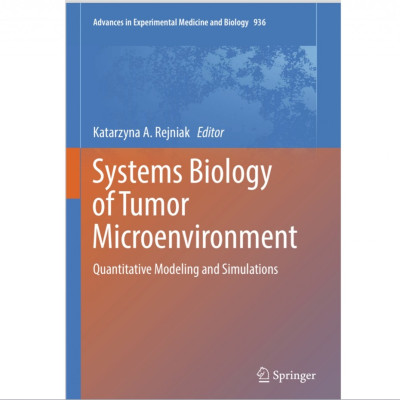Publication
Hypoxia in Gliomas: Opening Therapeutical Opportunities Using a Mathematical-Based Approach.
A. Martínez-González, G.F. Calvo, J.M. Ayuso, I. Ochoa, L.J. Fernández, V.M. Pérez-García
Advances in experimental medicine and biology 936 (2016) 11-29
MOLAB authors
Abstract
This chapter explores the use of mathematical models as promising and powerful tools to understand the complexity of tumors and their, frequently, hypoxic environment. We focus on gliomas, which are primary brain tumors derived from glial cells, mainly astrocytes and/or oligodendrocytes. A variety of mathematical models, based on ordinary and/or partial differential equations, have been developed both at the micro and macroscopic levels. The aim here is to describe in a quantitative way key physiopathological mechanisms relevant in these types of malignancies and to suggest optimal therapeutical strategies. More specifically, we consider novel therapies targeting thromboembolic phenomena to decrease cell invasion in high grade glioma or to delay the malignant transformation in low grade gliomas. This study has been the basis of a multidisciplinary collaboration involving, among others, neuro-oncologists, radiation oncologists, pathologists, cancer biologists, surgeons and mathematicians.














